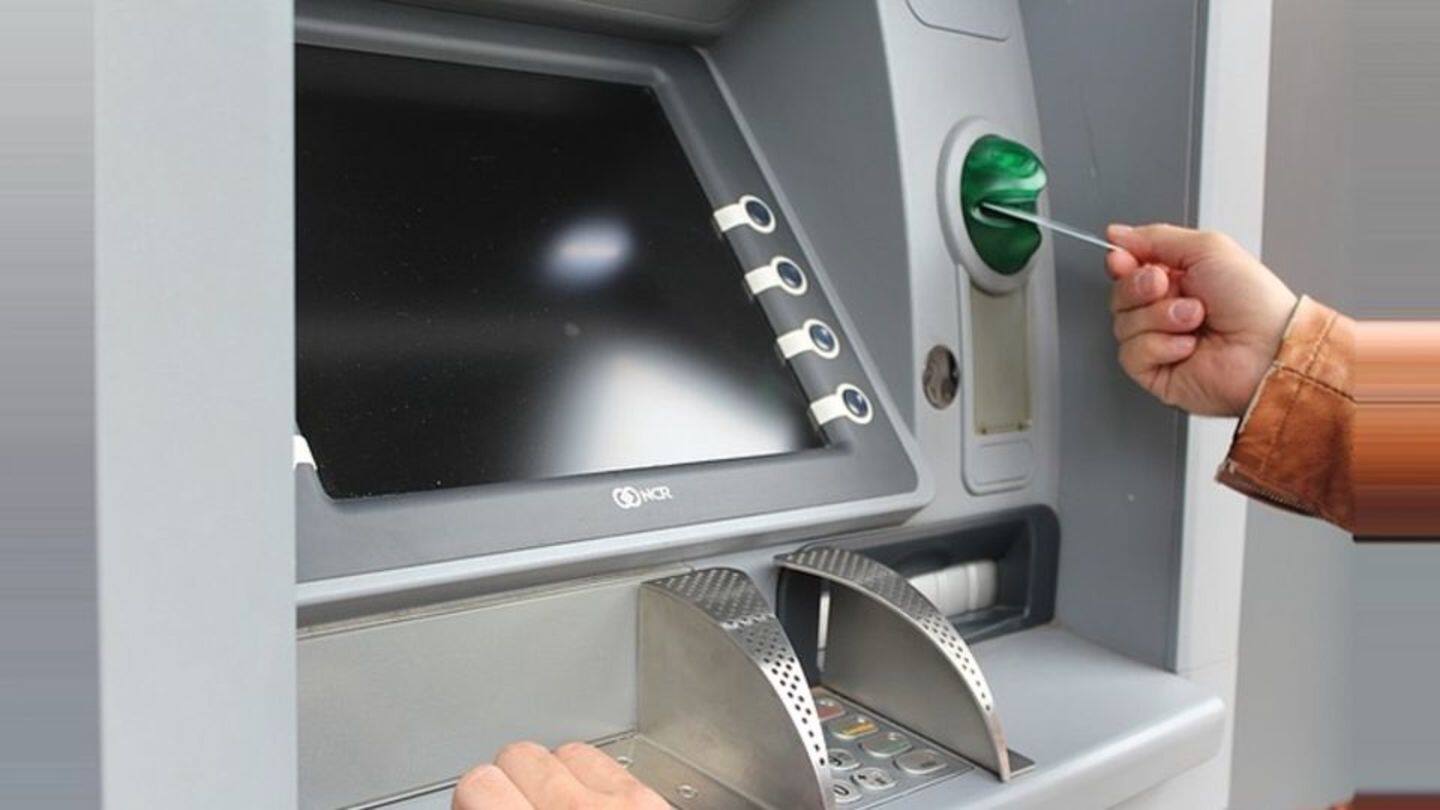
Demonetization: Number of ATMs fall by 0.16% in rare trend
What's the story
A new trend in ATMs shows how Indians are going for cashless payments, particularly after demonetization.
For the first time, there has been a dip in the number of ATMs. Though the fall (358) is low, it is a significant change since in the last four years, ATMs have grown at 16.4% annually.
Concerned banks said the footfall didn't justify the high operating costs.
Costs
Maintaining a kiosk can cost up to Rs. 1L monthly
Operating costs of an ATM are high: in busy locations, rentals for a 7x5 sq ft kiosk can go up to Rs. 40,000 monthly.
Plus there are guards' and operators' salaries, maintenance charges and importantly, electricity bills: a kiosk has to be kept at 15-18 degrees centigrade 24x7.
Total operating costs per kiosk can go as high as Rs. 1L a month.
Factors
A range of other reasons for the reduction
Moreover, teller transactions at banks and ATMs are reducing, said HDFC Deputy MD Paresh Sukthankar. Customers are now using debit cards for transactions at shops.
For SBI, the cut in ATMs came after a merger with associate banks. "Most of the ATMs we shut down were at places where another SBI parent or associate bank ATM was within a 500m radius," said an official.
Information
What have the banks done, what are their future plans?
Considering these facts, SBI reduced ATMs from 59,291 in June 2017 to 59,200 in August. Punjab National Bank decreased numbers from 10,502 to 10,083, and HDFC from 12,230 to 12,225: a total reduction of 0.16% in ATM numbers. HDFC will shift some to busier spots.
Geography
Rural regions have been left in the lurch
But rural areas, which have only 15% of the 2L ATMs in the country and 67% of the population, are bearing the brunt: compared to the urban population, they do not have enough facilities for cashless transactions.
The remaining 85% ATMs are serving only 33% of the population, who anyway have adequate access to "net banking, wider PoS network, e-wallets, mobile banking apps, etc".